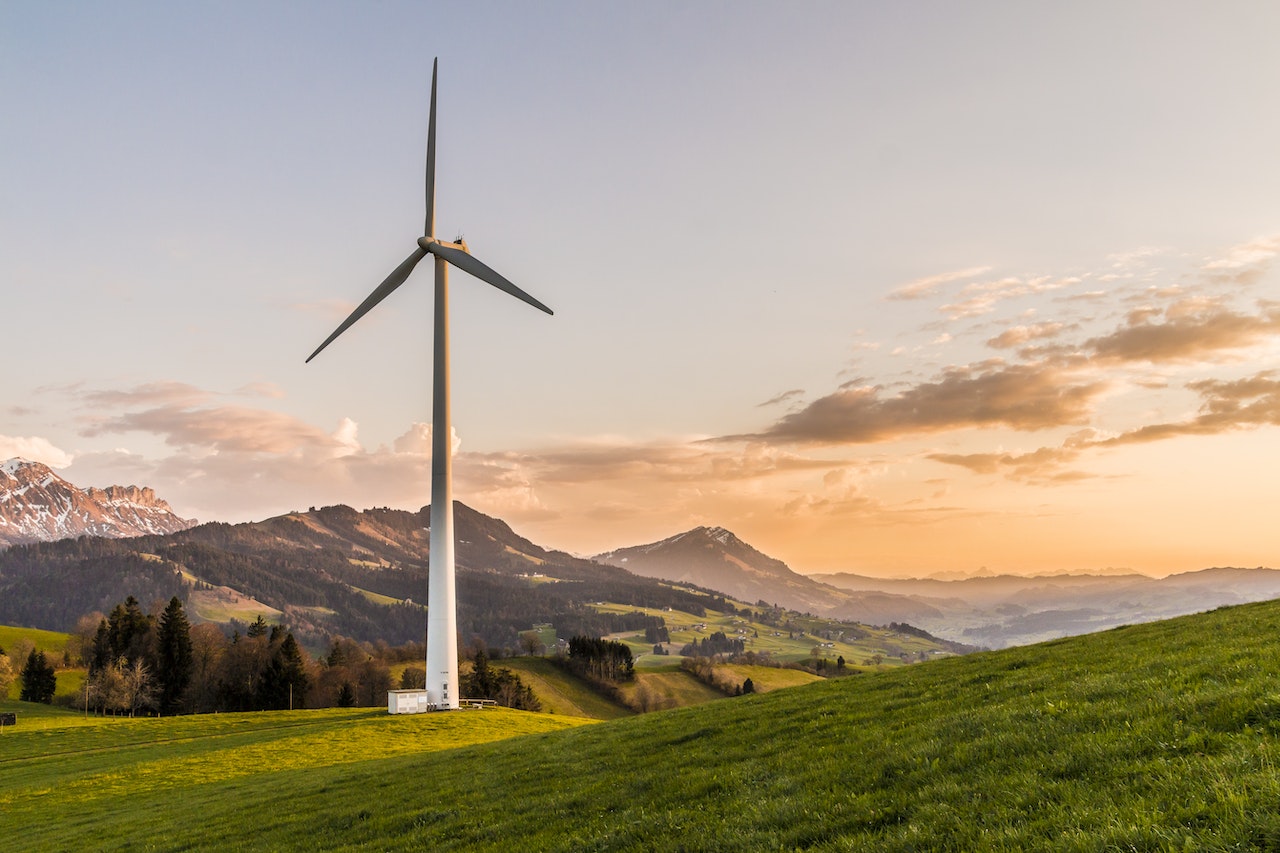Today’s world demands sustainability and environmental responsibility at every turn, from businesses recognizing their role in reducing their carbon footprint and contributing to a greener planet to assessing office spaces’ climate efficiency and energy use – two essential parts of sustainability assessment that businesses often miss out on.
In this blog post we’ll look into your office environment’s climate efficiency as well as steps you can take towards making it more eco-friendly.
Assessing Energy Efficiency
Energy consumption is one of the main contributors to the environmental impact of an office, so here are a few steps you can take to assess and improve energy efficiency:
-
Energy Audits: Conduct regular energy audits to pinpoint areas where energy is being wasted and identify ineffective equipment, outdated lighting fixtures or HVAC systems requiring upgrades.
-
Energy-Efficient Lighting: Switch out incandescent bulbs for energy-saving LED alternatives that consume far less power, offer longer lifespans, and are easier to control through sensors or timers – significantly cutting lighting usage while helping save on costs.
-
Smart HVAC Systems: When investing in smart, programmable thermostats and HVAC systems, take note that they will take into account occupancy patterns to provide consistent temperatures while cutting energy consumption costs.
Upgrade office appliances such as computers and printers with Energy Star models that will save energy. These energy-saving models have been specifically engineered to reduce costs over time. You may want to check how much energy you are using with services that offer a Domestic and Commercial EPC to help you see where to make changes.
Sustainable Building Design
Your office space’s physical design plays a crucial role in its energy efficiency. Consider these important points.
-
Natural Light: By harnessing natural lighting during daylight hours, we can reduce our need for artificial illumination and lower our electric bills. Large windows and open layouts help maximize this form of illumination.
-
Insulation and Windows: For extreme climates, insulation and energy-efficient windows should be carefully used together to minimize heating and cooling needs. b. Insulation and Windows: When choosing energy-efficient windows to reduce heating/cooling needs.
-
Green Building Materials: When renovating or building new office space, consider selecting sustainable building materials which are both energy-efficient and eco-friendly.
Transition to Renewable Energy Sources
Switching your office over to renewable energy sources is an invaluable way of cutting its environmental footprint: it will significantly lower electricity and natural gas bills as well as its carbon emissions.
-
Solar Panels: Installing solar panels on an office building can generate clean, renewable energy that meets energy demands in different ways and locations – potentially offering long-term cost savings potential.
-
Wind Energy: For areas that experience consistent winds, wind turbines offer another source of clean energy.
Employee Awareness and Engagement
Efficiency improvements transcend infrastructure improvements alone: they encompass employee behavior as well.
-
Education: Provide your employees with training about energy conservation to encourage them to turn off lights and appliances when not being used and be conscious of energy use.
-
Remote Work: Consider flexible working arrangements like remote work arrangements that reduce office space requirements and energy use, such as remote working options.
Sustainable Transportation
One aspect of office sustainability that often goes overlooked is transportation: Commuting is often taken for granted when considering sustainable practice in offices.
-
Carpooling and Public Transit: Encourage employees to carpool or utilize public transit by offering incentives or subsidies that promote these eco-friendly commuting options.
-
Biking and Walking: Create bike racks and pedestrian-friendly access routes to encourage employees to bike or walk to work when possible.
Conclusion
Assessing and improving your office’s energy and climate efficiency are vital steps toward creating a greener and more eco-friendly workspace. By monitoring energy consumption, using sustainable building practices, investing in renewable energy sources, engaging employees on eco-friendly commuting options and engaging employees on eco-friendly commuting, efficiency is more than cost savings; it contributes toward creating a healthier planet for future generations. Make the change now for an eco-friendlier office future.

